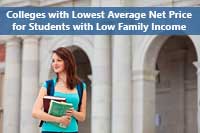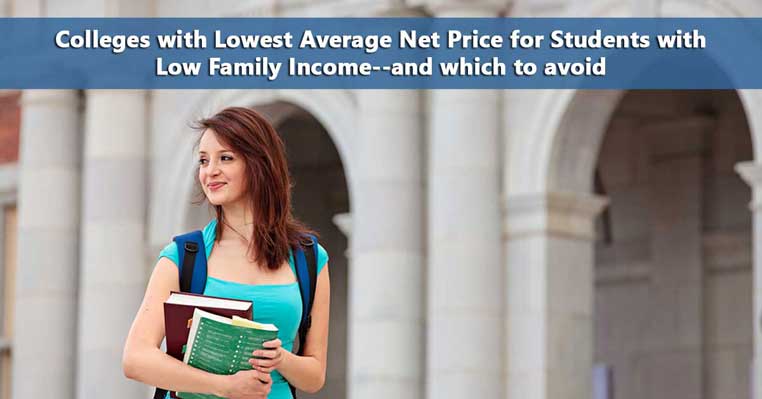 (Updated for 2019) Robert J. Kibbee, the former Chancellor of City University New York, observed “Over the years, we have come to identify quality in a college not by whom it serves but by how many students it excludes. Let us not be a sacred priesthood protecting the temple, but rather the fulfillers of dreams.” And if the dreams fulfilled aren’t going to be determined by family income, colleges are going to need to provide substantial financial aid to the neediest students.
(Updated for 2019) Robert J. Kibbee, the former Chancellor of City University New York, observed “Over the years, we have come to identify quality in a college not by whom it serves but by how many students it excludes. Let us not be a sacred priesthood protecting the temple, but rather the fulfillers of dreams.” And if the dreams fulfilled aren’t going to be determined by family income, colleges are going to need to provide substantial financial aid to the neediest students.
Join other parents in the Coffee Cup College Planning Facebook Group
The premise behind the 50-50 listing is that these schools are accessible academically to most students and help their students graduate. Yet, not all of them do an equally good job in being affordable. In this post, I’m going to look at how accessible the 50-50 colleges for low-income students.
How Much Do Low Income Students Pay After Financial Aid?
My methodology is limited. I’m just going to be looking at the Average Net Price for families with income of $30,000 or less. This is the amount students are charged after any gift aid. So students can still take out Direct loans to cover some of the net price.
It’s important to keep in mind that these are averages. Some students will be paying less and some will be paying more.
As usual, I have separate requirements for private and public institutions. I included public universities on the Best list if the average net price for families with incomes of $30,000 or less was under $10,000. If it was over $15,000, they made the Worst list.
For private colleges, if the average was under $15,000 (I know, not exactly affordable), they made the Best list. Private colleges are on the Worst list if the average net price for students with family income of $30,000 or less was over $25,000. I used $25,000 instead of $20,000 because the list would have been over 100 schools. This means that there really are a lot more schools that could go on the Worst list.
Which States Have the Most Colleges for Low Income Students?
New York has the most schools on the list of public colleges based on the lowest average net price income with 7. Washington and Wisconsin tied for second with 5 each followed by Arizona, California, Minnesota, and North Carolina with 4 each.
A total of 16 of the 34 schools on the list of the public institutions with the highest averages for low-income students are in Pennsylvania. Yikes! Of the 11 states that had public schools on the highest list, 3, Massachusetts, Pennsylvania, and Virginia are also represented on the lowest list.
Pennsylvania actually had the most private colleges with “low” average net price for low-income students with 5 colleges making the list. New York and Indiana tied for second with four each.
Massachusetts led the list with the most private colleges with the highest average net price for the lowest income category with 7 schools on the list. California followed with 5 and Pennsylvania and Washington tied with 4 each.
Furthermore, 26 of the 34 private colleges on the highest list, had 20% or fewer of freshman receiving Pell Grants. It’s not like these schools are overwhelmed with needy students. Only 6 of the 40 private colleges on the lowest list had 20% or fewer of freshman receiving Pell Grants.
On the following table, the Best tab lists colleges with the lowest Average Net Price for students with Family Incomes of $30,000 or less. The Worst tab lists colleges with the highest Average Net Price for students with Family Incomes of $30,000 or less. As usual, I use the four-year graduation rate for private institutions and the five-year rate for public schools. You can find all of this information in the DIY College Rankings Spreadsheet.
50-50 Colleges With Highest and Lowest Average Net Price for
Students with Family Incomes of $30,000 or Less
CONNECT WITH OTHER PARENTS PLANNING FOR COLLEGE
JOIN THE COFFEE CUP COLLEGE PLANNING FACEBOOK GROUP




2 thoughts on “50-50 Highlights: Colleges for Low-Income Students–and which to avoid”